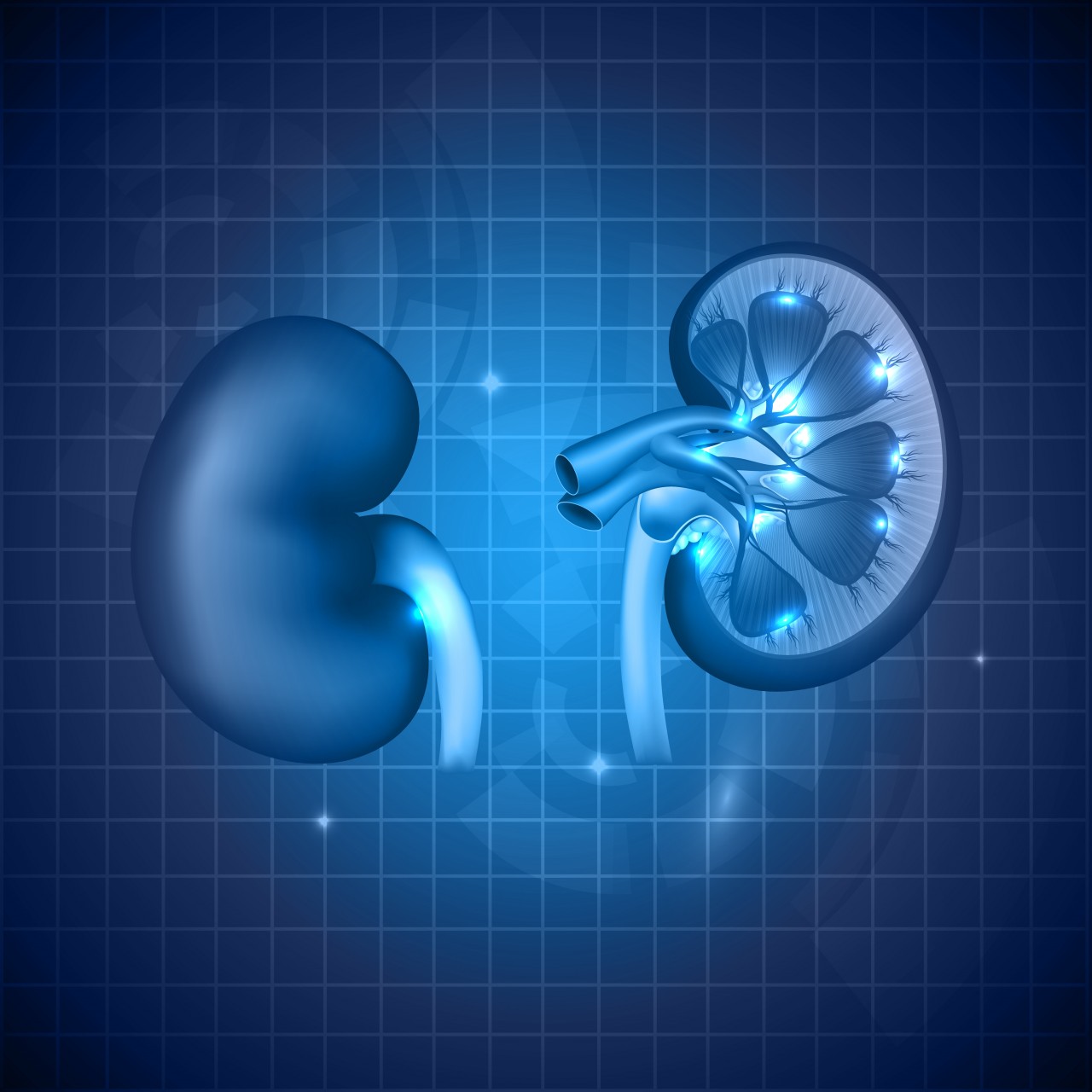Recent research on acute kidney injury has opened new avenues for treatment strategies with the potential to reduce the morbidity and mortality associated with the disease. The study, entitled “An RNA interference screen identifies new avenues for nephroprotection,” was published in the journal Cell Death and Differentiation.
Acute kidney injury (AKI), also known as acute renal failure, is frequently caused by renal ischemia, or a loss of blood flow that limits the supply of oxygen and nutrients to the affected tissues. AKI is associated with a high risk of mortality and long-term disability, and no preventative treatment has been established although existing drugs to treat the condition are generally well-tolerated by patients.
In the present study, researchers at the Roswell Park Cancer Institute (RPCI) used an RNA interference screen, a tool used to perform gene silencing and evaluate the effects on biological phenotypes, to identify 10 genes — BCL2L14, BLOC1S2, C2ORF42, CPT1A, FBP1, GCNT3, RHOB, SCIN, TACR1, and TNFAIP6 — whose suppression improved survival of kidney epithelial cells in in vitro models of oxygen and glucose deficiency. Additional experiments showed that pharmacological inhibition of NK1R, TACR1’s product, was protective in a model of mouse renal ischemia. Notably, the team also found that some of these genes are involved in cell responses to other damaging stresses, such as those induced by anti-cancer therapy.
The authors noted that mortality rates in AKI patients can exceed 50 percent, and survivors may experience prolonged hospitalization and significant morbidity. The disease, they said, “is a global clinical problem with increasing incidence, dire consequences, unsatisfactory therapeutic options, and an enormous financial burden to societies worldwide.”
The authors highlight their findings may point the way to new strategies to prevent AKI, and also might help to overcome drug resistance in cancer treatments and prevent their harmful side effects.
“We are looking forward to clinical translation of our work,” Dr. Eugene Kandel, senior study author, said in a press release. Much preclinical and clinical work is still to be done, he added, but that work is aided by the fact that well-established drugs targeting the product of the TACR1 gene are already available.

